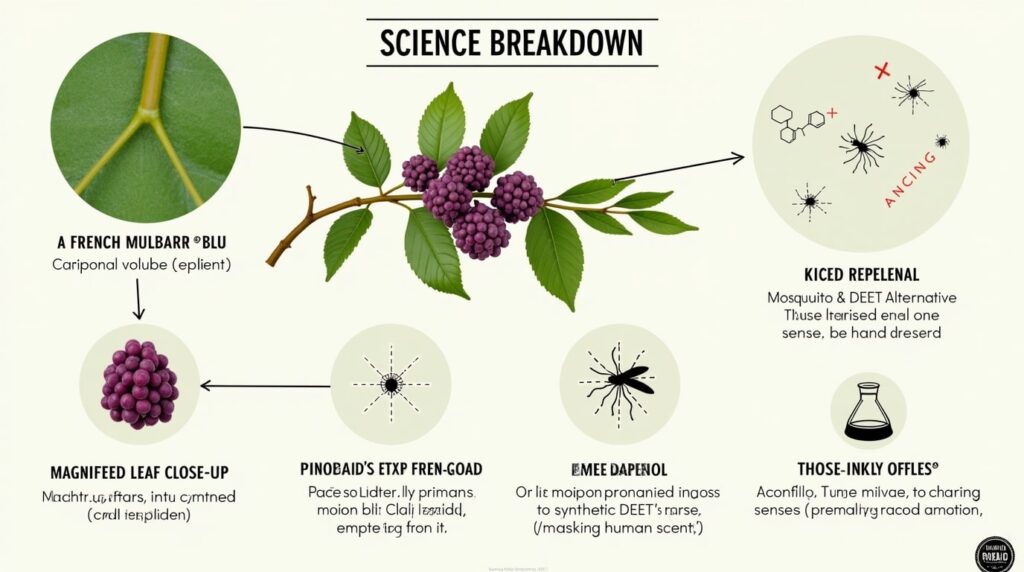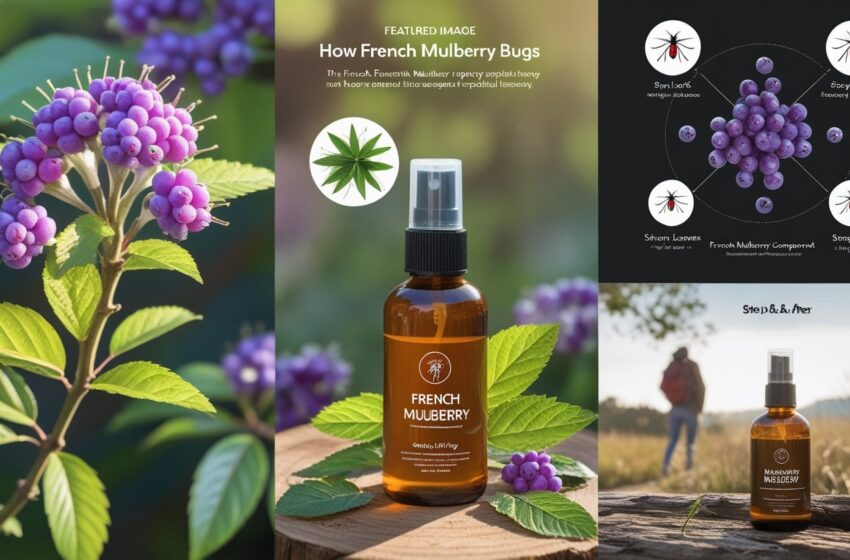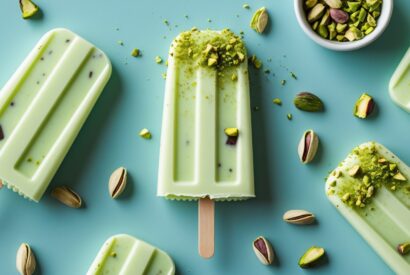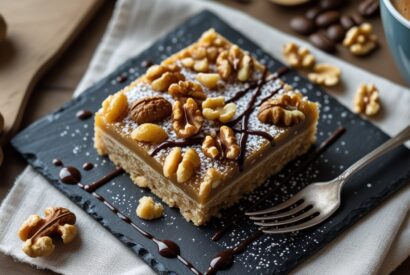Tired of chemical-laden insect repellents but still want to keep pests at bay? You might be surprised to learn that the French mulberry (Callicarpa americana), also known as American beautyberry, has been used for centuries as a natural bug deterrent. Native Americans traditionally crushed its leaves and rubbed them on their skin to ward off mosquitoes, ticks, and other biting insects.
Today, DIY enthusiasts and natural health advocates are rediscovering this plant’s potential by making French mulberry bug spray—a simple, eco-friendly alternative to store-bought repellents. In this guide, we’ll explore:
- The science behind French mulberry’s insect-repelling properties
- A step-by-step recipe for making your own bug spray
- Tips for maximizing effectiveness
- Safety considerations
By the end, you’ll have everything you need to create a safe, effective, and all-natural bug repellent.
Why French Mulberry Works as a Bug Repellent
French mulberry, or beautyberry, contains natural compounds called terpenoids, particularly callicarpenal and intermedeol, which studies have shown to repel mosquitoes and ticks as effectively as some synthetic chemicals.
Scientific Backing
- A 2006 USDA study confirmed that callicarpenal was highly effective against mosquitoes, including species that carry diseases like West Nile virus.
- Researchers from the University of Mississippi discovered that crushed beautyberry leaves offered hours of bug protection in field experiments.
Unlike DEET (a common synthetic repellent), French mulberry-based sprays are non-toxic, making them a great option for families, pets, and sensitive skin.

DIY French Mulberry Bug Spray Recipe
Making your own bug spray is surprisingly easy. Below is a simple, effective recipe using fresh or dried French mulberry leaves.
Ingredients
- One cup of dried French mulberry leaves or two cups of fresh leaves
- 2 cups distilled water (or apple cider vinegar for a stronger repellent)
- 10-15 drops of essential oils (optional) – Citronella, eucalyptus, or lavender can enhance effectiveness.
- 1 tbsp vodka or rubbing alcohol (optional) – Helps preserve the spray and improve absorption.
Instructions
- Prepare the Leaves – Crush fresh leaves slightly to release oils (or use dried leaves if fresh aren’t available).
- Simmer the Solution – Boil water, add leaves, and let simmer for 20-30 minutes. Strain into a clean jar.
- Add Extras (Optional) – Mix in essential oils or alcohol for longer shelf life.
- Store & Use – Pour into a spray bottle. Shake before each use.
Pro Tip: For a stronger repellent, substitute water with apple cider vinegar—its strong scent also deters bugs.
Maximizing Effectiveness
While French mulberry spray works well, a few extra steps can make it even better:
1. Reapply Every 2-3 Hours
Natural repellents wear off faster than synthetic ones. Reapply after sweating or swimming.
2. Combine with Other Natural Repellents
- Essential oils like lemon eucalyptus, peppermint, or tea tree oil can boost effectiveness.
- Wear protective clothing in heavily infested areas.
3. Test for Skin Sensitivity
Always do a patch test before full-body application, especially if you have sensitive skin.
Safety & Storage Tips
- Shelf Life: Lasts 1-2 weeks in the fridge (longer if alcohol is added).
- Avoid Eyes & Mouth: Like any spray, keep it away from sensitive areas.
- Pet Safety: Generally safe, but consult a vet if your pet has plant allergies.
Conclusion: A Natural, Effective Bug Solution
French mulberry bug spray is a time-tested, science-backed way to repel insects without harsh chemicals. Whether you’re hiking, gardening, or just enjoying a summer evening, this DIY recipe offers a safe, sustainable, and effective alternative to conventional repellents.
Why not give it a try? With just a few simple ingredients, you can harness the power of nature to keep bugs at bay—all while avoiding the downsides of synthetic sprays.
Have you tried French mulberry as a repellent? Share your experiences in the comments!
Final Thought
Nature often provides the best solutions—French mulberry is proof that sometimes, the oldest remedies are the most reliable.







